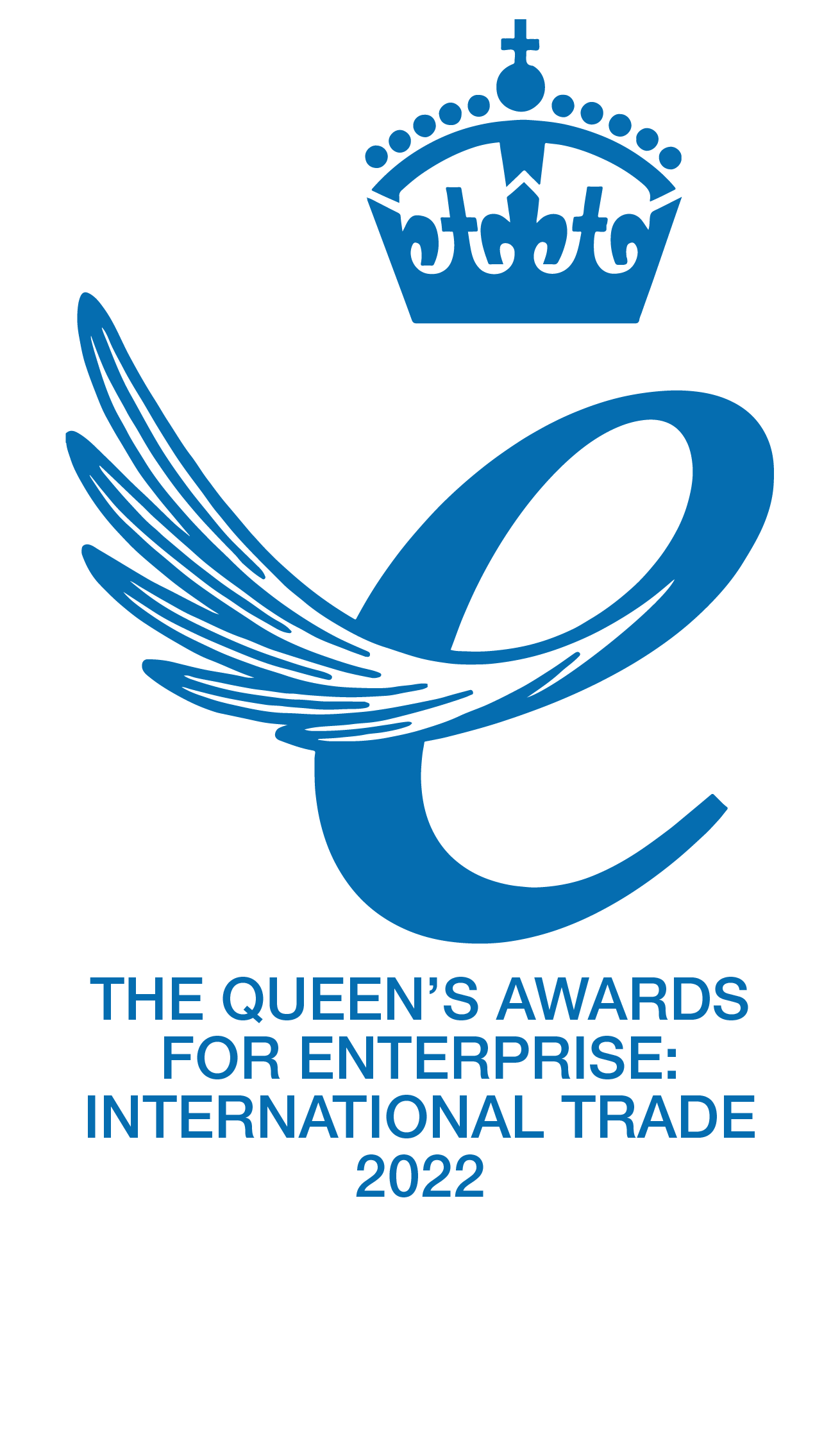Introduction
The construction industry has recognized the significance of Passive House standards, which prioritize energy efficiency, thermal performance, and occupant comfort. Airtightness plays a vital role in meeting these standards and ensuring the building performs as intended. In this article, we will explore the importance of air tightness testing in the construction process and introduce the innovative Portascanner® Airtight, a micro air leak detector that aligns with Passive House requirements.
What is Passive House?
Passive House is a building standard that aims to achieve exceptional energy efficiency and occupant comfort while minimizing energy consumption for heating and cooling. Originating in Germany in the late 1980s, Passive House has gained global recognition and popularity as a sustainable construction approach.

in pic: Portascanner® Airtight undergoing testing at a new construction site

in pic: Close up view of Portascanner Airtight in use testing airtightness of the door
How does one achieve Passive House standards?
To meet Passive House standards, the following key principles and strategies are implemented during the design and construction phases:
- Super Insulation: The building envelope is heavily insulated using high-quality materials to minimize heat transfer and maintain comfortable internal temperatures.
- Airtight Construction: Construction techniques focus on achieving a high level of airtightness to prevent uncontrolled air leakage, which can lead to poor energy efficiency. Air tightness testing and air leakage testing are conducted to ensure the effectiveness of the building envelope.
- High-Performance Windows: Windows and doors are designed with excellent thermal performance, featuring triple-pane glazing and insulated frames to minimize heat loss or gain through the openings.
- Ventilation with Heat Recovery: Mechanical ventilation systems with heat recovery are utilized to provide fresh air while recovering the heat from outgoing stale air. This helps maintain good indoor air quality and reduce the need for additional heating or cooling.
- Thermal Bridge-Free Design: Thorough design considerations are made to minimize thermal bridging, which can create areas where heat easily transfers through the building envelope. Detailed insulation and construction techniques ensure continuity and minimize energy losses.
- Energy-Efficient Heating and Cooling Systems: Passive House buildings often incorporate energy-efficient systems such as heat pumps or radiant heating/cooling to minimize energy consumption for maintaining comfortable indoor temperatures.
- Renewable Energy Sources: Passive House encourages the use of renewable energy sources like solar panels to fulfill the remaining energy needs of the building, further reducing reliance on non-renewable energy sources.
- Quality Assurance and Testing: Rigorous quality assurance measures, including air tightness testing, air pressure testing, and ventilation system commissioning, are essential to ensure that the building meets the stringent requirements of Passive House.
By adhering to these principles and strategies, buildings can successfully achieve Passive House standards, characterized by exceptional energy efficiency, occupant comfort, and a sustainable approach to construction. These measures also help comply with building regulations and improve energy performance, resulting in lower energy bills and a reduced ecological footprint.

in pic: Portascanner® Airtight Main unit in hand

in pic: Portascanner® Airtight Main unit with wand
The Significance of Air Tightness Testing
Uncontrolled air leakage, caused by unsealed joints, gaps, and openings in buildings, can lead to various problems. It compromises safety by allowing the rapid spread of fire and smoke and increases the risk of airborne diseases affecting occupants. Additionally, inadequate airtightness compromises acoustic insulation, thermal comfort, energy efficiency, and can result in water damage. To address these issues, air tightness testing is crucial.
Detecting and Quantifying Air Leaks
Identifying, locating, and quantifying air leaks are essential steps in achieving optimal airtightness. The Portascanner® Airtight, developed by Coltraco Ultrasonics, is a groundbreaking micro air leak detector that utilizes advanced ultrasound technology and computer science. Originally designed for preventing the spread of airborne infections in ICU wards during the Covid-19 pandemic, this instrument has been adapted for use in the construction industry.
Key Features and Capabilities
The Portascanner® Airtight offers several unique features that make it a valuable tool in achieving airtightness:
- Microscopic Accuracy: The instrument can identify even the smallest leak sites with remarkable precision, ensuring no leaks go undetected.
- Quantification: Advanced algorithms enable the measurement and quantification of air leaks, providing precise data on the airflow rate through each leak site.
- Overall Air Permeability Calculation: By analyzing the collected data, the Portascanner® Airtight can calculate the overall air permeability value of a room or building, providing a comprehensive assessment of airtightness.
- Data Storage and Reporting: The instrument allows for the storage of photographic and quantitative data, enabling the generation of traceable and exportable reports.
Benefits and Applications
The Portascanner® Airtight brings numerous benefits to the construction industry, particularly in achieving airtightness for Passive House buildings:
- Cost Savings: By accurately detecting and quantifying air leaks, the instrument ensures that the air pressure test is passed on the first attempt, reducing the need for retesting and associated costs.
- Non-Invasive and Versatile: The Portascanner® Airtight is a lightweight, handheld device that offers non-invasive testing, allowing for easy operation. It can be used at various stages of the construction project and in different applications, including aerospace, shipping containers, controlled environments, and automotive industries.
- Improved Indoor Air Quality: Proper airtightness, facilitated by the instrument, contributes to enhanced indoor air quality, preventing the spread of airborne contaminants and ensuring efficient ventilation system performance.
- Energy Efficiency and Sustainability: Airtightness testing and the implementation of Passive House standards align with energy efficiency and sustainable building design goals. They reduce energy consumption, lower carbon emissions, and improve occupant comfort and health.
Conclusion
Achieving airtightness is crucial for meeting Passive House standards, enhancing energy efficiency, and ensuring optimal building performance. The Portascanner® Airtight, with its innovative ultrasound technology and advanced quantification capabilities, offers a reliable and efficient solution for detecting, locating, and quantifying air leaks. By utilizing this instrument, construction professionals can improve energy efficiency, reduce air leakage, and enhance the overall performance of new buildings, ultimately leading to cost savings and a more sustainable future.






